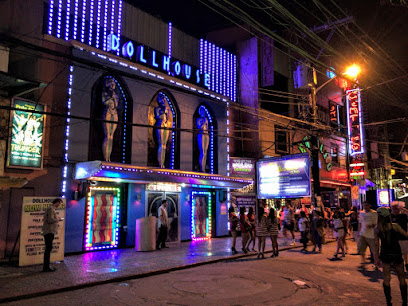
The Majestic Panipuan Welcoming Arch: A Historical Landmark
Explore the Panipuan Welcoming Arch in San Fernando, Pampanga - a vibrant historical landmark that embodies local culture and hospitality.
The Panipuan Welcoming Arch stands as a proud historical landmark in San Fernando, Pampanga, offering visitors a glimpse into the rich cultural heritage of the region. This stunning archway is not just a beautiful sight but a symbol of the local community's spirit and welcoming nature.
A brief summary to PANIPUAN WELCOMING ARCH
- 3MX4+3JQ, Mexico-Calulut Road, San Fernando, Pampanga, PH
Local tips
- Visit during local festivals to see the arch beautifully decorated and to enjoy the vibrant atmosphere.
- Bring your camera for stunning photo opportunities, especially with the arch as a backdrop.
- Explore nearby shops and eateries for a taste of local cuisine and crafts.
Getting There
-
Car
If you are driving, start from your location in Central Luzon and head towards San Fernando, Pampanga. Use Google Maps or a GPS device and enter the destination as 'Panipuan Welcoming Arch, 3MX4+3JQ, Mexico-Calulut Road, San Fernando, Pampanga'. Follow the directions provided. Upon reaching San Fernando, look for Mexico-Calulut Road. The arch is prominently located along this road, so keep an eye out for it as you approach.
-
Public Transportation
To reach Panipuan Welcoming Arch via public transportation, find a bus terminal that services routes to San Fernando, Pampanga. Buses from major terminals like Cubao or Pasay will frequently head to San Fernando. Ensure you board a bus that is marked for San Fernando. Once you arrive at the San Fernando bus terminal, you can take a tricycle or a local jeepney heading towards Mexico-Calulut Road. Inform the driver that you are going to the Panipuan Welcoming Arch, and they will drop you off at or near the location.
-
Taxi or Ride-Sharing
If you prefer a more direct route, you can use a taxi or a ride-sharing service like Grab. Simply input 'Panipuan Welcoming Arch, 3MX4+3JQ, Mexico-Calulut Road, San Fernando, Pampanga' as your destination in the app. This method provides a convenient way to get to your destination without the hassle of navigating public transport.
Discover more about PANIPUAN WELCOMING ARCH
Iconic landmarks you can’t miss
PANIPUAN WELCOMING ARCH
0.0 km
Explore the Panipuan Welcoming Arch in San Fernando, Pampanga - a vibrant historical landmark that embodies local culture and hospitality.
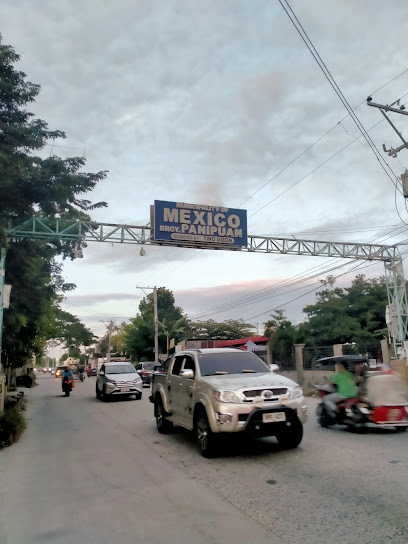
CALUCUT BRIDGE
1.2 km
Explore Calucut Bridge, a historical landmark in San Fernando, Pampanga, showcasing stunning architecture and rich cultural heritage amidst picturesque surroundings.
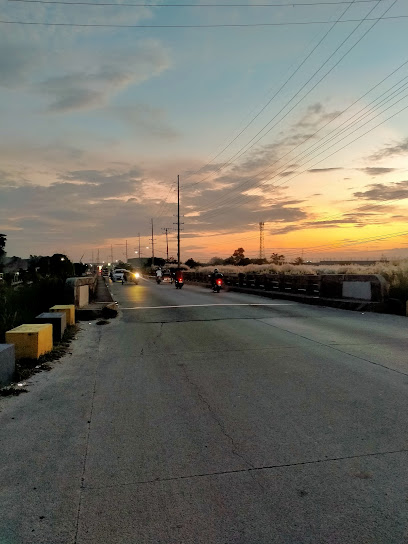
Pink House
1.6 km
Discover the charm of San Fernando's Pink House, a historical landmark brimming with cultural heritage and stunning architecture.
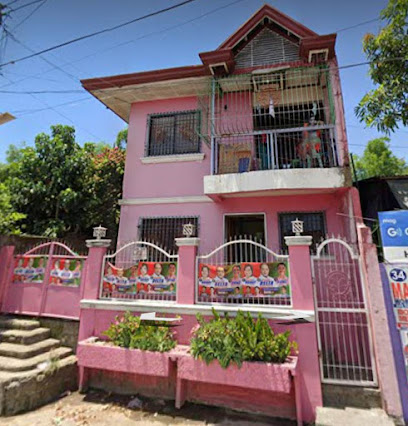
angeles city arch
6.7 km
Explore the Angeles City Arch, where history meets culture in a captivating archaeological museum showcasing the rich heritage of Pampanga.
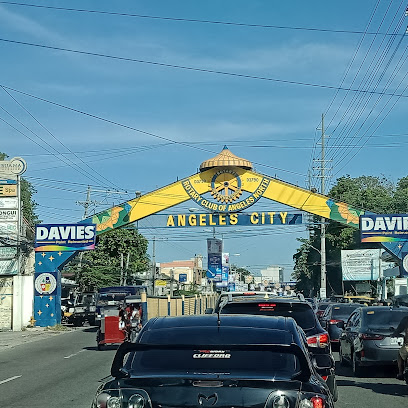
Consunji House
8.8 km
Discover the architectural beauty and rich history of Consunji House, a cultural gem in San Fernando, Pampanga, showcasing Filipino heritage at its finest.
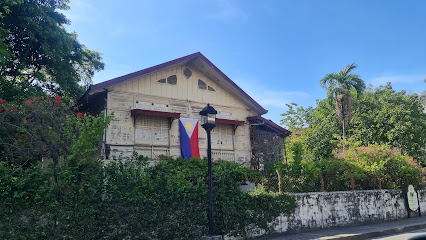
angeles
9.0 km
Experience the spiritual essence of Angeles, Pampanga, at this iconic place of worship, reflecting rich traditions and serene beauty.
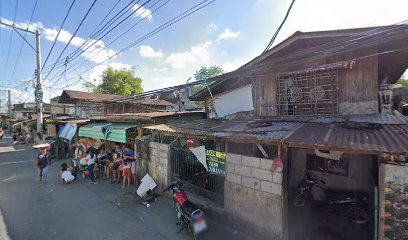
Angeles City Hall
9.2 km
Explore Angeles City Hall, an architectural gem reflecting the rich culture and history of Angeles City amidst beautiful gardens and vibrant community life.
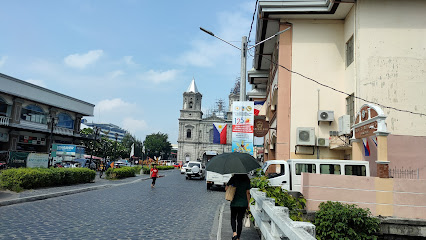
Malabanias Barangay Hall
9.3 km
Explore local governance and community spirit at Malabanias Barangay Hall in Angeles, Pampanga, where culture meets civic engagement.
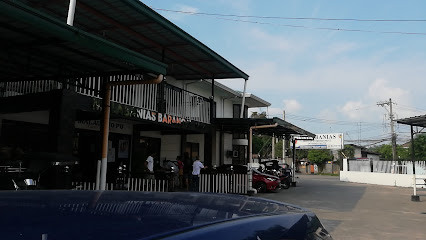
Angeles City
9.7 km
Experience the enchanting waterways of Angeles City through unique houseboat rentals while exploring the rich culture and vibrant atmosphere of Pampanga.
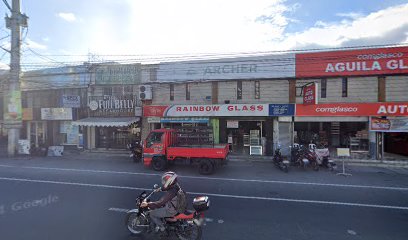
Balibago Welcome Arch
10.1 km
Discover the vibrant culture and warm hospitality of Angeles City at the iconic Balibago Welcome Arch, a must-visit landmark for every traveler.
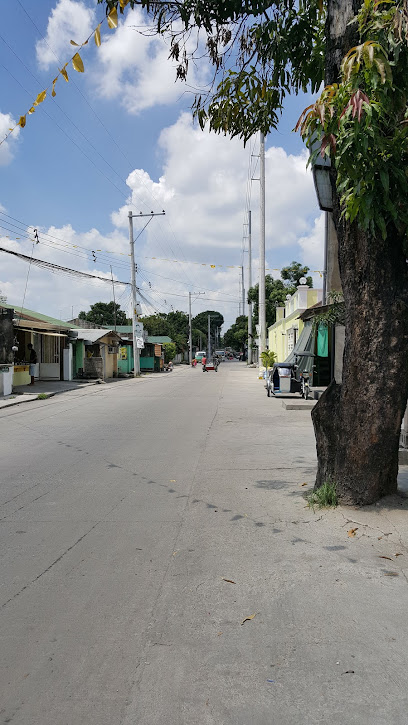
Rishan Village Residences
10.7 km
Experience Filipino hospitality at Rishan Village Residences, a cozy hotel in the heart of Angeles City, Pampanga, ideal for both relaxation and adventure.
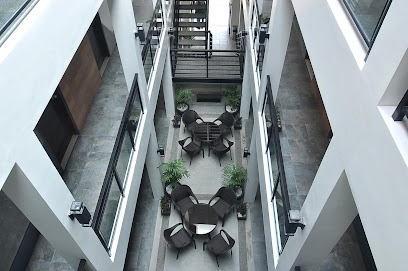
SEA Games Clock Monument
10.8 km
Discover the SEA Games Clock Monument in Angeles, Pampanga – a historic landmark celebrating athletic excellence and cultural pride.
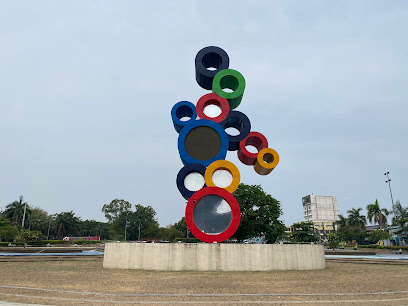
30th SouthEast Asian Games Monument
10.8 km
Explore the 30th SouthEast Asian Games Monument in Angeles, Pampanga, a symbol of athletic excellence and cultural heritage in the heart of the Philippines.
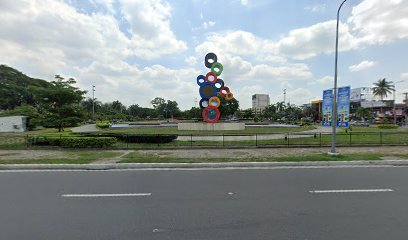
Malabanias road
11.1 km
Experience the vibrant culture and local charm of Malabanias Road in Pampanga, a true gem for travelers seeking authentic Filipino experiences.
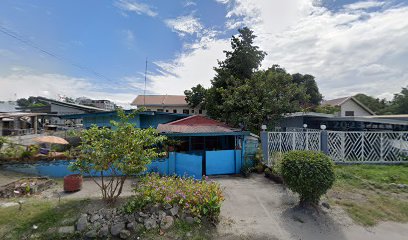
SM City Clark
11.3 km
Discover SM City Clark, a premier shopping mall in Pampanga, blending local culture with international shopping and dining experiences.
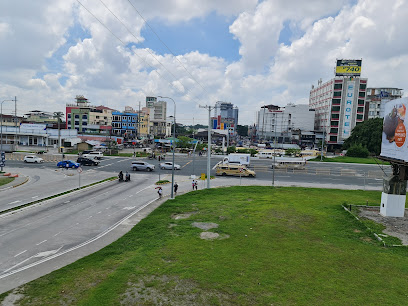
Unmissable attractions to see
MAX PARADISE
3.4 km
Explore the natural beauty and tranquility of MAX PARADISE in San Fernando, Pampanga – a must-visit tourist attraction for serene escapes.
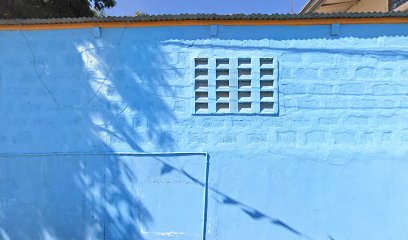
Sky Ranch Pampanga
6.6 km
Explore the excitement of Sky Ranch Pampanga, a premier amusement park filled with thrilling rides and family-friendly attractions in the heart of San Fernando.
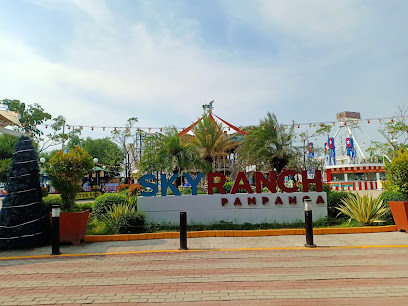
San Fernando Giant Lantern Center
6.7 km
Experience the magic of the San Fernando Giant Lantern Center, where vibrant traditions and dazzling lights come together in a spectacular display of Filipino culture.
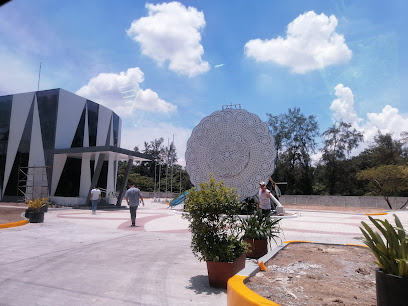
Museu ning Ángeles
8.2 km
Explore the rich cultural heritage of Pampanga at Museu ning Ángeles, a captivating local history museum in the heart of the Heritage District.
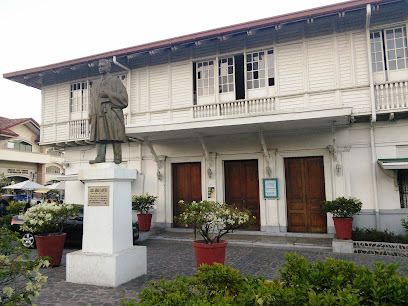
Museum of Philippine Social History
8.2 km
Explore the vibrant history and culture of the Philippines at the Museum of Philippine Social History in Angeles, Pampanga.
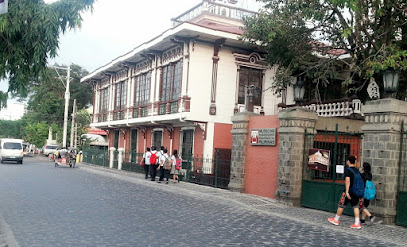
Center for Kapampangan Studies
8.2 km
Explore the rich cultural tapestry of the Kapampangan people at the Center for Kapampangan Studies in Angeles, Pampanga.
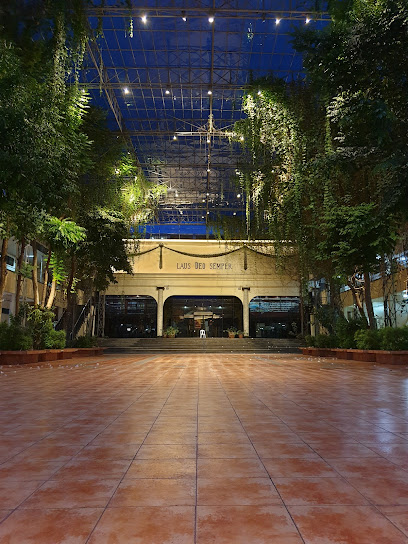
Angeles Plaza
8.2 km
Explore the serene beauty of Angeles Plaza, a tranquil city park in Pampanga, perfect for relaxation and cultural immersion during your travels.
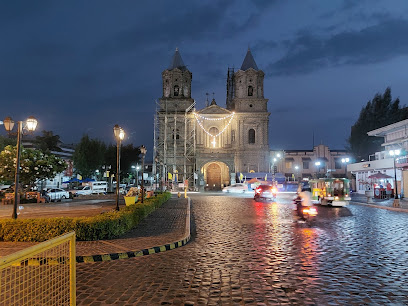
Pamintuan Mansion
8.2 km
Explore the architectural beauty and historical significance of Pamintuan Mansion, a captivating heritage museum in Angeles, Pampanga.
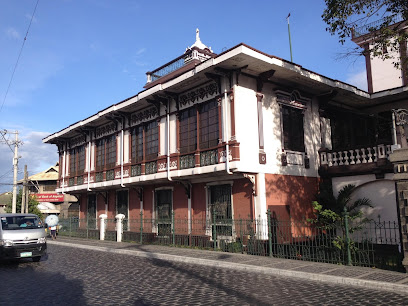
Holy Rosary Parish Church
8.2 km
Explore the captivating Holy Rosary Parish Church in Angeles, Pampanga, where faith meets stunning architecture and rich cultural heritage.
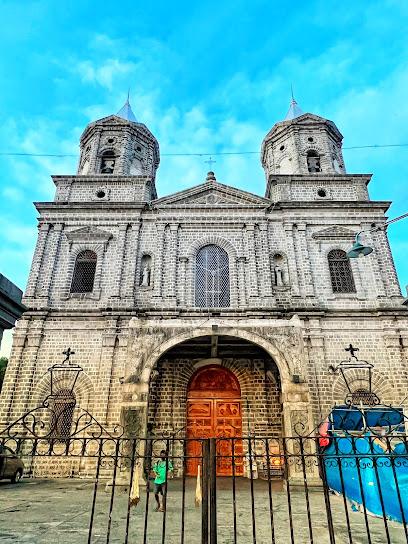
Holy Rosary Parish Church (Pisamban Maragul)
8.2 km
Discover the rich heritage and serene beauty of Holy Rosary Parish Church, a historic Catholic gem in Angeles City, Pampanga.
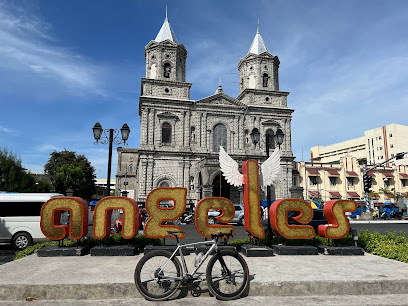
Archdiocesan Shrine of Christ, Our Lord of the Holy Sepulcher (Apu Mamacalulu Shrine)
8.6 km
Explore the Archdiocesan Shrine of Christ, Our Lord of the Holy Sepulcher, a serene Catholic church in Angeles, Pampanga, rich in history and spirituality.
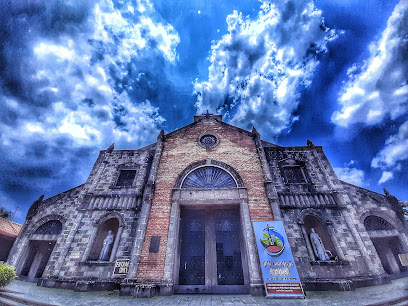
Hizon-Singian House
8.8 km
Explore the Hizon-Singian House, a captivating historical landmark in San Fernando, Pampanga, offering insights into Filipino heritage and colonial architecture.
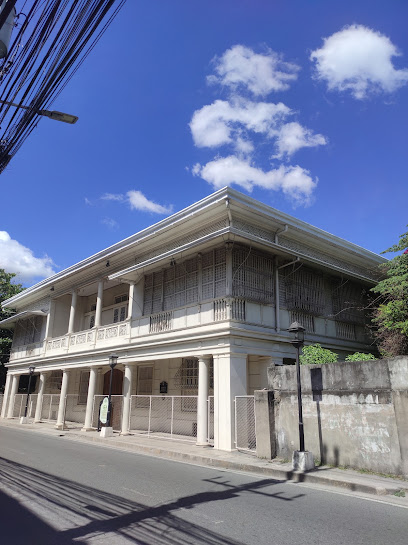
Lazatin House
8.8 km
Explore Lazatin House, a historical landmark in San Fernando, Pampanga, and immerse yourself in the rich cultural heritage of the Philippines.
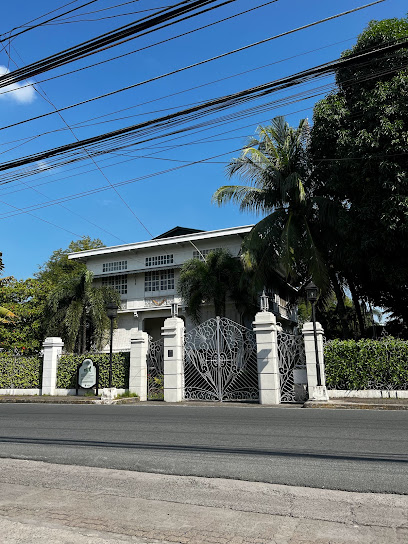
MarQuee Park
8.9 km
Experience the calming beauty of MarQuee Park, a serene urban oasis in Angeles, Pampanga, perfect for relaxation and family fun.
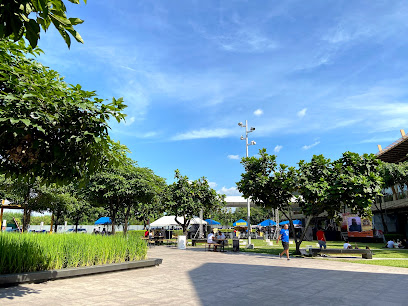
Santungan
9.5 km
Explore Santungan, a beautiful tourist attraction in Pampanga, where nature meets culture in a stunning backdrop of rich heritage and local charm.
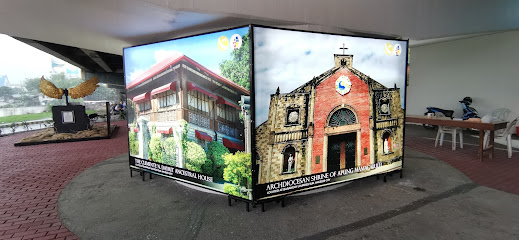
Essential places to dine
Denlim's Kitchen
2.3 km
Discover exquisite Filipino cuisine at Denlim's Kitchen in San Fernando, Pampanga – where tradition meets modern elegance.
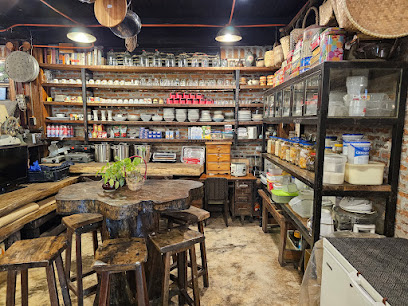
Lola Ima Pampanga Cuisine
2.4 km
Discover authentic Kapampangan cuisine at Lola Ima Pampanga Cuisine in San Fernando - a true culinary delight waiting to be savored.
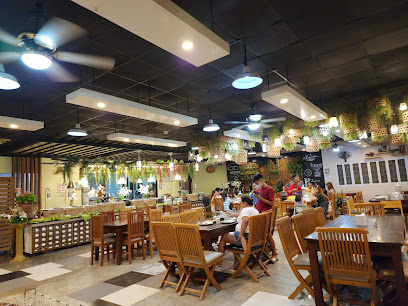
Rainforest Kitchen by Chef Vince Garcia
2.7 km
Discover a unique culinary experience at Rainforest Kitchen by Chef Vince Garcia, where organic meets exquisite European flavors in San Fernando.
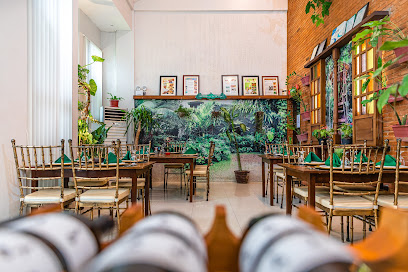
Capampangan Island Grill and Restaurant
3.4 km
Discover authentic Filipino cuisine at Capampangan Island Grill - where tradition meets taste in every dish.
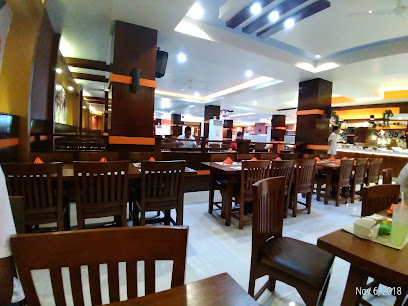
Dish n That San Fernando Pampanga
6.7 km
Discover the unique flavors of Dish n That in San Fernando Pampanga - A culinary gem blending traditional Filipino cuisine with modern flair.
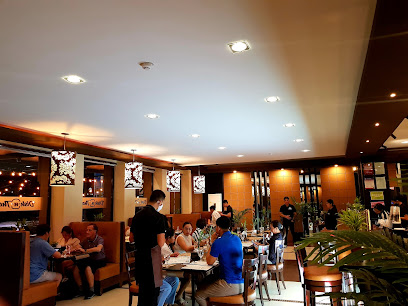
Mila's Tokwa't Baboy
7.0 km
Discover authentic Filipino cuisine at Mila's Tokwa't Baboy in Angeles—where tradition meets taste in every dish.
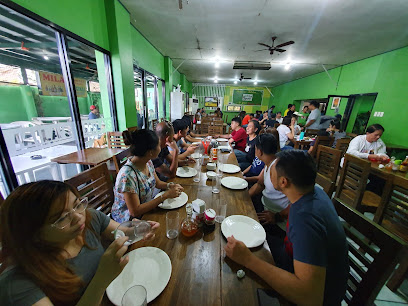
Bale Dutung
7.5 km
Experience authentic Filipino cuisine at Bale Dutung in Angeles City – where tradition meets taste.
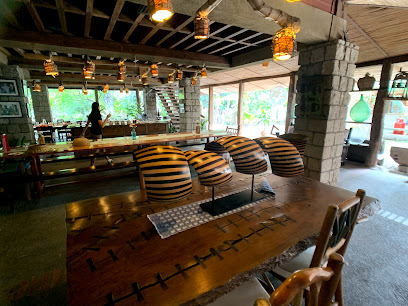
AC Rumpa Restaurant
7.8 km
Experience authentic Filipino flavors at AC Rumpa Restaurant in Angeles City - a culinary gem with warm hospitality.
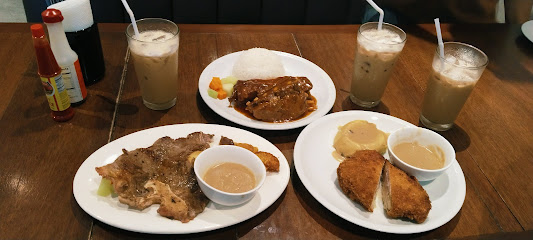
25 Seeds
8.4 km
Discover innovative Filipino cuisine at 25 Seeds in Angeles City—where tradition meets modern culinary artistry.
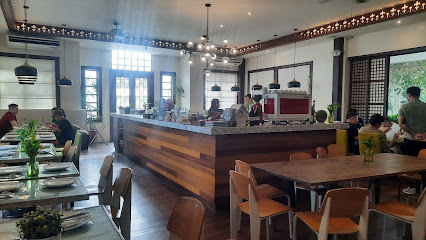
El Espanol Restaurant
8.5 km
Discover authentic Spanish flavors at El Espanol Restaurant in Angeles City - where every meal is a celebration of culinary excellence.
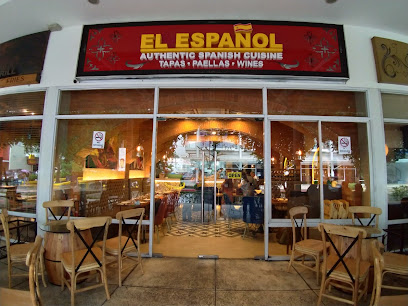
Nyaman na Pho
8.6 km
Discover authentic Vietnamese flavors at Nyaman na Pho in Angeles – where every dish tells a story of culinary heritage.
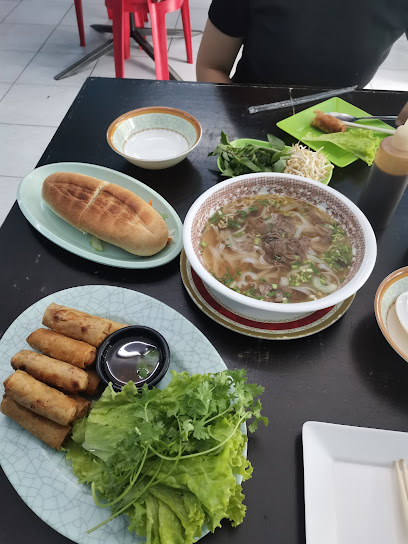
Cusina de Parilla
8.6 km
Experience authentic Filipino flavors at Cusina de Parilla in Angeles, Pampanga—where every meal is a celebration of local culinary traditions.
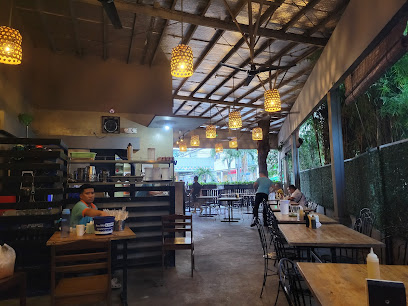
Ranch 90s Diner
8.6 km
Experience nostalgic Americana at Ranch 90s Diner in Angeles City – where classic comfort food meets retro charm.
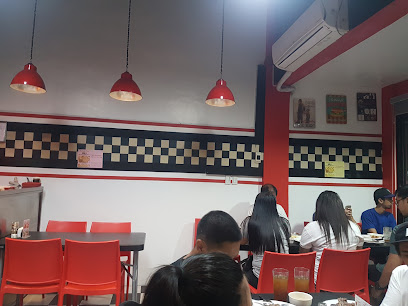
Full Belly Steakhouse and Grill
8.7 km
Savor mouthwatering steaks in Angeles at Full Belly Steakhouse & Grill – where flavor meets Filipino hospitality.
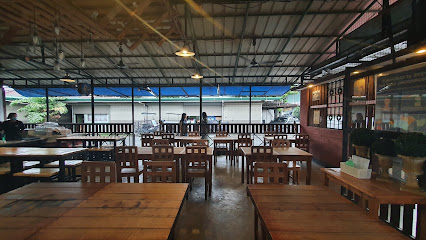
Chef Bac's Eat & Chill Restaurant
8.8 km
Experience the vibrant flavors of Pampanga at Chef Bac's Eat & Chill Restaurant—where culinary artistry meets warm hospitality.
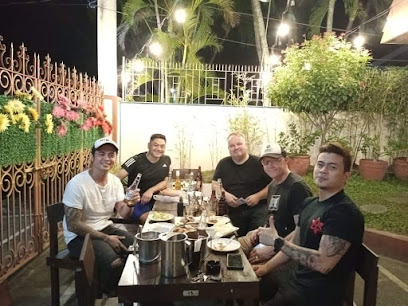
Markets, malls and hidden boutiques
Kultura Filipino - PAMPANGA, The SM Store
6.9 km
Explore Kultura Filipino in Pampanga for authentic souvenirs showcasing the rich heritage and culture of the Philippines.
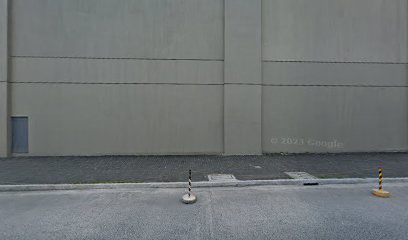
Robinsons Starmills Pampanga
6.9 km
Explore the ultimate shopping and dining experience at Robinsons Starmills Pampanga, where every visit is an adventure in retail therapy.
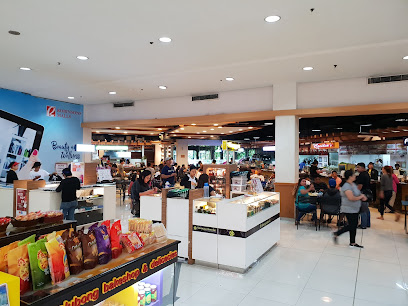
OTOP Store Angeles, Pampanga
8.1 km
Explore unique Filipino crafts and souvenirs at OTOP Store in Angeles, Pampanga - a cultural treasure trove for every traveler.

Blue And White Merchandise
8.4 km
Explore the vibrant collectibles at Blue And White Merchandise in Angeles, Pampanga, where unique treasures reflect local artistry and culture.

Nepo Mall Angeles
8.4 km
Discover retail therapy and culinary delights at Nepo Mall Angeles, a shopping haven that caters to all tastes and ages.
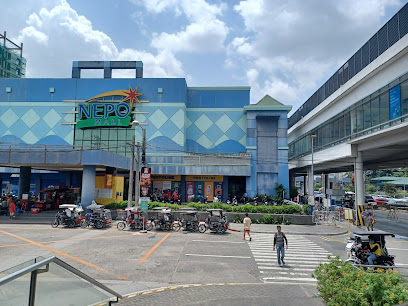
Clothing Rack by KM - Angeles City, Pampanga
8.4 km
Explore unique fashion at Clothing Rack by KM in Angeles City, Pampanga, where local trends meet contemporary style for every fashion enthusiast.

Cinder's Gift Shop & Money Changer
8.5 km
Discover unique souvenirs and convenient currency exchange at Cinder's Gift Shop & Money Changer in Angeles City, Pampanga.

Newpoint Mall
8.5 km
Explore the bustling Newpoint Mall in Angeles City, a shopping haven with diverse stores, delicious dining, and a vibrant atmosphere for all.
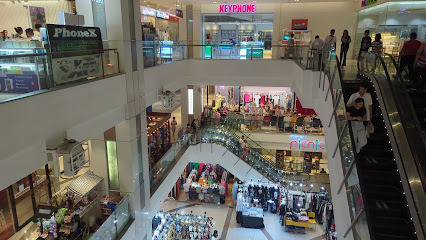
Yshopcam Angeles
8.5 km
Discover trendy fashion and unique accessories at Yshopcam Angeles, the perfect shopping destination for tourists in Pampanga.

Traditional General Merchandise
8.5 km
Explore the vibrant culture of Pampanga at Traditional General Merchandise, where local craftsmanship meets everyday essentials in Angeles.
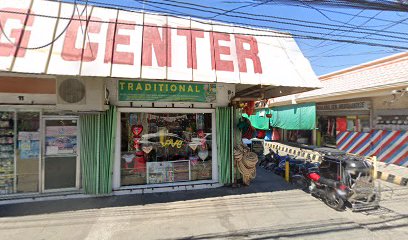
Plaridel shopping center
8.5 km
Discover the lively Plaridel Shopping Center in Angeles, Pampanga, where shopping, dining, and entertainment blend seamlessly for an unforgettable experience.
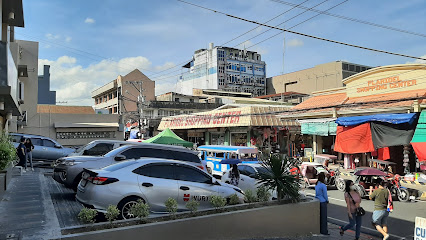
Three E's Toys and Candy Store
8.5 km
Explore a whimsical world of sweets and toys at Three E's Toys and Candy Store in Angeles, where every visit is a delightful adventure for all ages.

KC & MIGS GIFT SHOP
8.6 km
Explore KC & MIGS GIFT SHOP in Angeles City for unique local crafts and memorable souvenirs, capturing the essence of Filipino culture.

Golden Place Merchandise
8.6 km
Explore Golden Place Merchandise in Angeles for a wide selection of fabrics and sewing supplies, perfect for crafters of all skill levels.
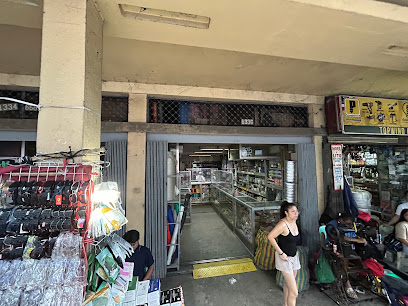
HAPPY GO SHOPPING CENTER ANGELES CITY
8.6 km
Experience the vibrant shopping culture at Happy Go Shopping Center in Angeles City, where shopping meets dining and entertainment.

Essential bars & hidden hideouts
Resto bar
10.1 km
Experience the vibrant nightlife and delicious dining at Angeles' Resto Bar, the perfect spot for tourists seeking local culture and fun.
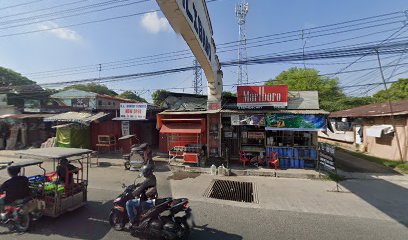
Sullivan's Irish Pub
10.4 km
Sullivan's Irish Pub: Your gateway to authentic Irish culture, live music, and a lively sports atmosphere in Angeles City, Pampanga.
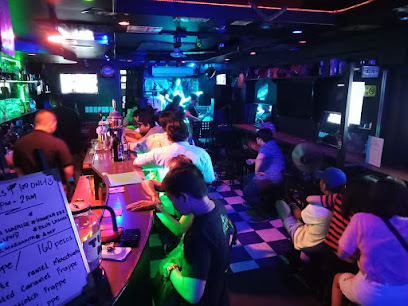
The Parking Lot Pub
10.5 km
Discover the vibrant atmosphere and delicious grill offerings at The Parking Lot Pub in Angeles City, a must-visit for food lovers and socializers alike.
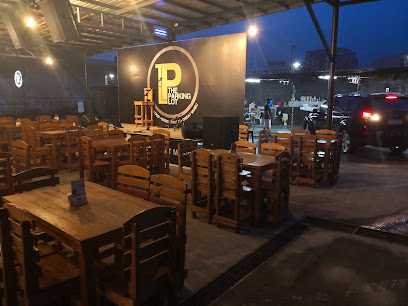
The Clouds Bar
10.5 km
Experience breathtaking views and a vibrant atmosphere at The Clouds Bar, an ideal rooftop retreat in Angeles City.
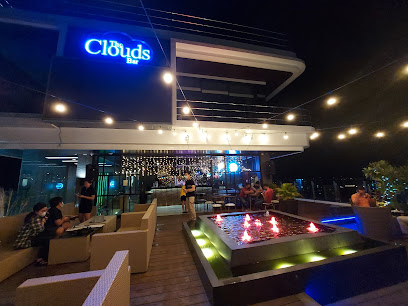
Bunny Bar
10.6 km
Experience the vibrant nightlife of Angeles City at Bunny Bar, where great drinks and friendly vibes await you.
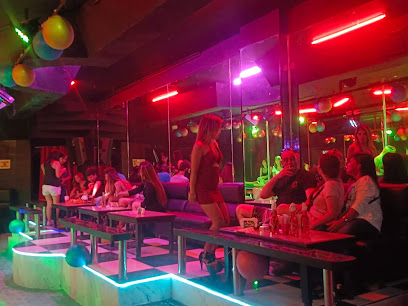
Aura Bar
10.6 km
Experience the vibrant nightlife at Aura Bar in Balibago, Angeles, Pampanga, offering refreshing drinks and a lively atmosphere.
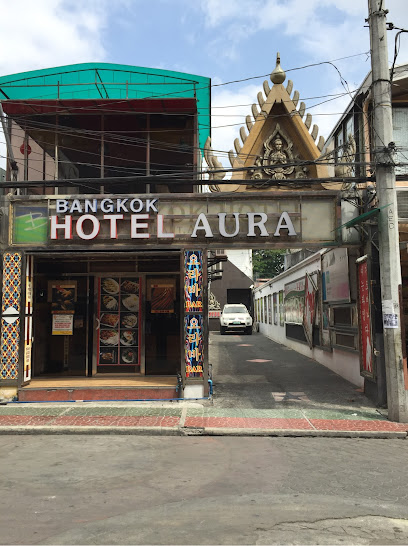
Rob's Gastropub + Sports
10.7 km
Experience the perfect blend of gourmet cuisine and thrilling sports at Rob's Gastropub + Sports in Angeles, Pampanga.
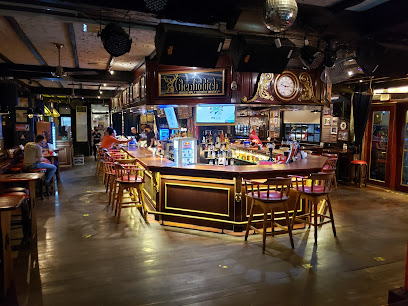
Cosplay Bar
10.7 km
Immerse yourself in a vibrant atmosphere at Cosplay Bar, Angeles, Pampanga, where anime and pop culture come alive with signature drinks and themed events.
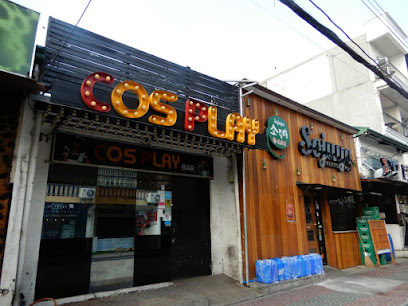
Angel Witch Bar
10.7 km
Experience the vibrant nightlife of Angeles City at Angel Witch Bar, where great drinks and lively entertainment await you.
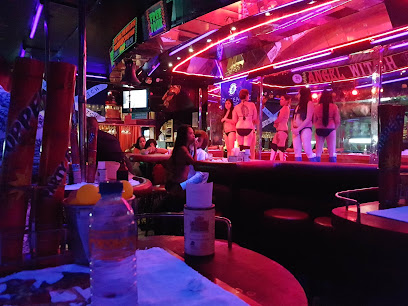
Bar Nana
10.7 km
Experience the vibrant nightlife of Angeles at Bar Nana, a unique bar known for its eclectic atmosphere and diverse crowd.

MidNight Rodeo Live Bar
10.7 km
Discover the vibrant nightlife of Angeles at MidNight Rodeo Live Bar, where live music and great drinks create unforgettable memories.
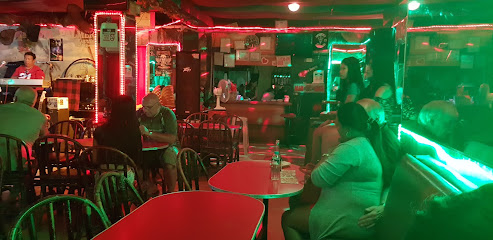
La Bamba
10.7 km
Experience the vibrant nightlife at La Bamba, a lively bar in Angeles City offering a diverse drink selection and unforgettable entertainment.
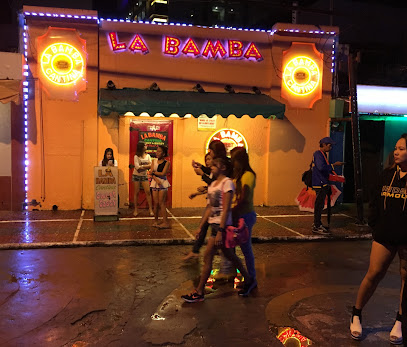
Gecko's Bar
10.8 km
Discover the lively nightlife at Gecko's Bar in Balibago, Angeles City - a perfect spot for drinks, music, and making new friends.
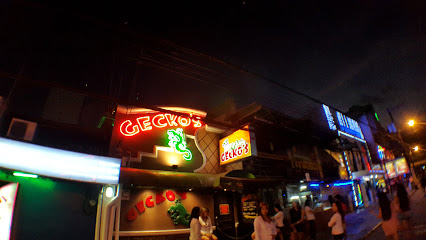
HERA bar
10.8 km
Discover the vibrant nightlife at HERA Bar in Angeles City, where great drinks, lively music, and a welcoming atmosphere await every visitor.
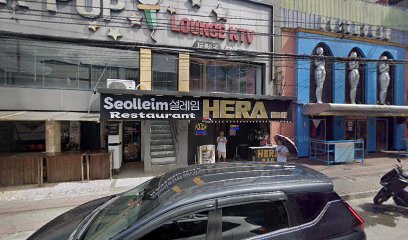
Dollhouse Bar
10.8 km
Discover the vibrant nightlife and eclectic atmosphere at Dollhouse Bar in Angeles, Pampanga – your ultimate destination for an unforgettable night.
